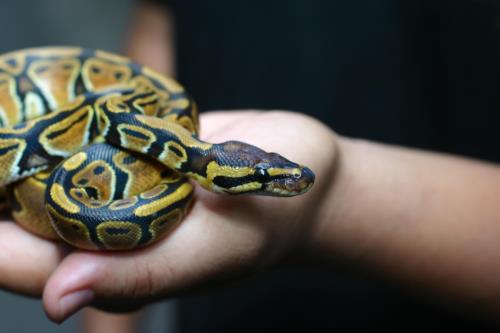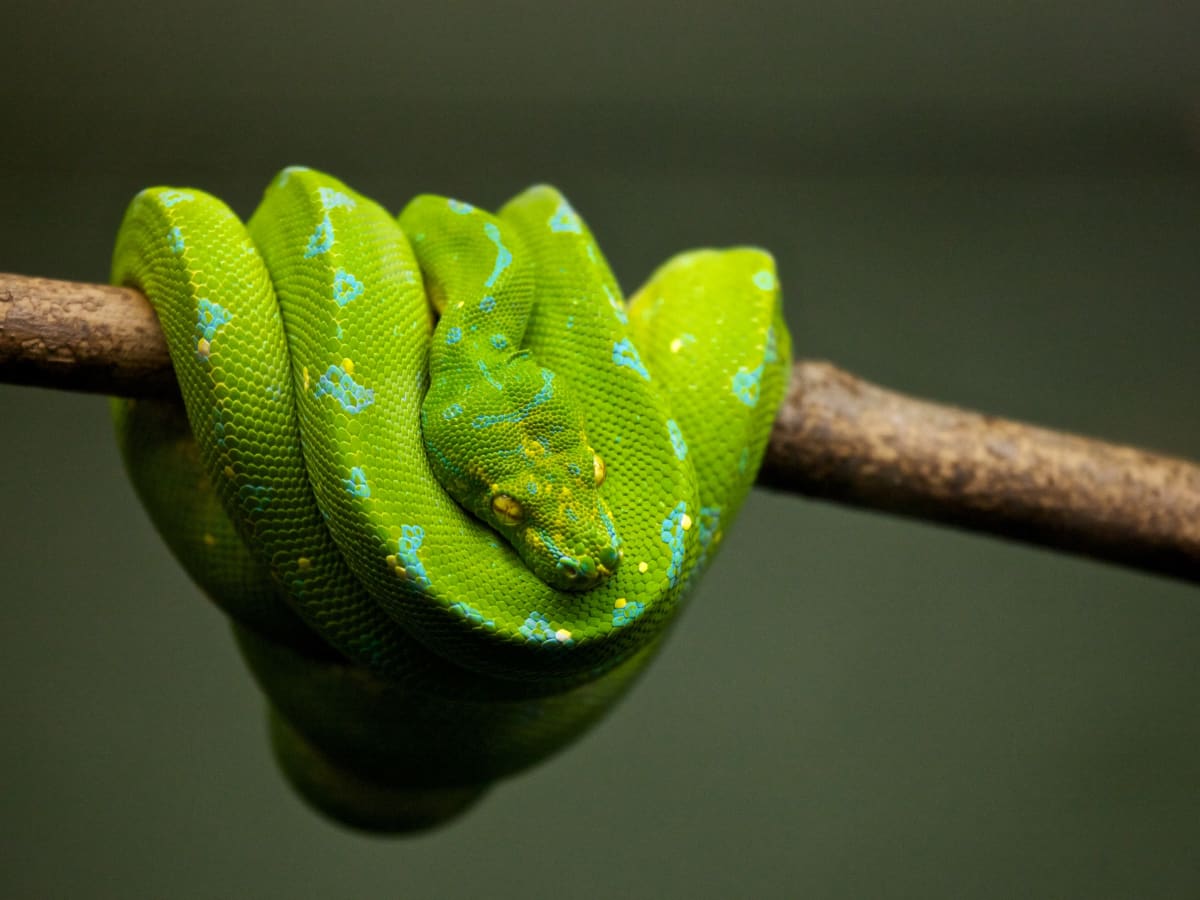Exactly How to Produce the Perfect Habitat for Your Family Pet Snake
Producing the optimal habitat for your animal snake is vital to guaranteeing its wellness and wellness. From picking the right enclosure to giving the appropriate temperature level and moisture degrees, there are different elements to consider when establishing an environment that imitates your snake's native environment. By recognizing the certain requirements of your snake varieties and carrying out the needed elements in its environment, you can develop an area where your pet can prosper. Let's explore the vital elements that enter into making the perfect home for your slithery friend.
Selecting the Right Enclosure
Picking the appropriate unit is important in giving a suitable space for your family pet snake. The enclosure functions as the serpent's key habitat, affecting its overall well-being and habits. When selecting an enclosure for your family pet serpent, there are numerous variables to consider to make sure a comfy and safe atmosphere. The size of the unit is essential, as it should be large adequate to permit the serpent to walk around openly. A basic rule of thumb is to provide an environment that goes to the very least as long as the serpent's length and broad enough for it to extend easily.
Timber and PVC units provide superb insulation, which is critical for controling temperature level and moisture levels within the environment. Ultimately, the unit should resemble the snake's all-natural habitat as carefully as possible to guarantee its well-being and joy.
Setting Up Temperature Level and Humidity Degrees
In order to offer a helpful living atmosphere for your pet snake within the selected unit, attention to preserving optimum temperature and moisture levels is extremely important. Serpents are ectothermic creatures, indicating they count on exterior sources to control their body temperature level. For many serpent species, the suitable temperature varieties in between 75-85 ° F(24-29 ° C) on the colder end and 85-90 ° F(29-32 ° C) on the warmer end. To achieve this slope, you can use heating pads, warmth lamps, or ceramic heating units. It is critical to place thermostats at both ends of the room to check the temperature regularly.
Moisture degrees are equally necessary for your serpent's wellness and dropping procedure. The proper moisture degree varies relying on the serpent varieties, with many needing levels between 40-60%. Supplying a huge water recipe, misting the room, or making use of a reptile humidifier can help keep ample moisture. However, ensure correct air flow to stop excess dampness, which can cause breathing concerns. By diligently readjusting and keeping an eye on temperature level and moisture levels, you can develop a safe and comfy habitat for your cherished family pet snake.
Providing Adequate Concealing Areas
Ensuring the accessibility of ideal hiding spots is vital for creating a trouble-free setting for your pet dog snake. To mimic their all-natural environment, offer at the very least two hiding areas in your snake's room-- one on the warmer side and one on the cooler side.

Choosing the Appropriate Substrate
To create an ideal habitat for your pet dog serpent, what aspects should be thought about when picking the proper substratum? Selecting the ideal substrate for your pet snake is crucial for preserving its wellness and well-being. When choosing a substratum, numerous aspects require to be taken into account.
Primarily, the substrate ought to simulate the snake's natural surroundings as very closely as possible. Various serpent species have anonymous different habitat preferences, so it is vital to investigate your specific snake's natural environment to select an appropriate substrate. Desert-dwelling serpents may need a sandy substrate, while forest-dwelling serpents might like a more humid substratum like cypress compost or coconut husk.
In addition, the substrate must be secure for your snake. Avoid substratums that might be ingested and create wellness problems, such as substrates that are sharp or as well tiny. Go with substrates that are very easy and non-toxic to clean to preserve a hygienic atmosphere for your pet snake. By thoroughly taking into consideration these aspects, you can develop a secure and comfy environment for your pet snake.
Offering Correct Lights and Heating

When it pertains to lighting, serpents have particular lights needs to imitate their native environment. Ultraviolet (UV) lights might be required for sure serpent species to assist with calcium absorption and vitamin D synthesis. Not all snakes require UV illumination, so it's important to investigate your particular serpent varieties' demands.
To provide the ideal balance of lighting and home heating, consider utilizing a mix of above home heating lamps, hot pad, and thermostats to regulate temperatures precisely. Ensure that your snake's habitat has a temperature level slope, allowing it to relocate in between warmer and cooler areas as needed. snake for sale. By offering proper lights and home heating, you can create a comfy and healthy environment for your family pet serpent
Conclusion
In final thought, developing the ideal environment for your have a peek at this website pet snake involves choosing the best room, establishing proper temperature level and moisture degrees, offering ample hiding spots, selecting the ideal substrate, and using correct lights and home heating. By adhering to these standards, you can make certain that your serpent has a comfy and healthy environment to prosper in. Bear in mind to regularly monitor and readjust the habitat as required to satisfy your snake's specific needs.
To produce an appropriate habitat for your pet serpent, what factors should be considered when choosing the suitable substratum? Different snake varieties have different environment preferences, so it is important to research your certain serpent's indigenous atmosphere to select a suitable substrate. Desert-dwelling snakes might call for a sandy substratum, while forest-dwelling serpents might choose a more moist substratum like cypress mulch or coconut husk.
Not all snakes require UV lighting, so it's important to investigate your details serpent varieties' needs.
